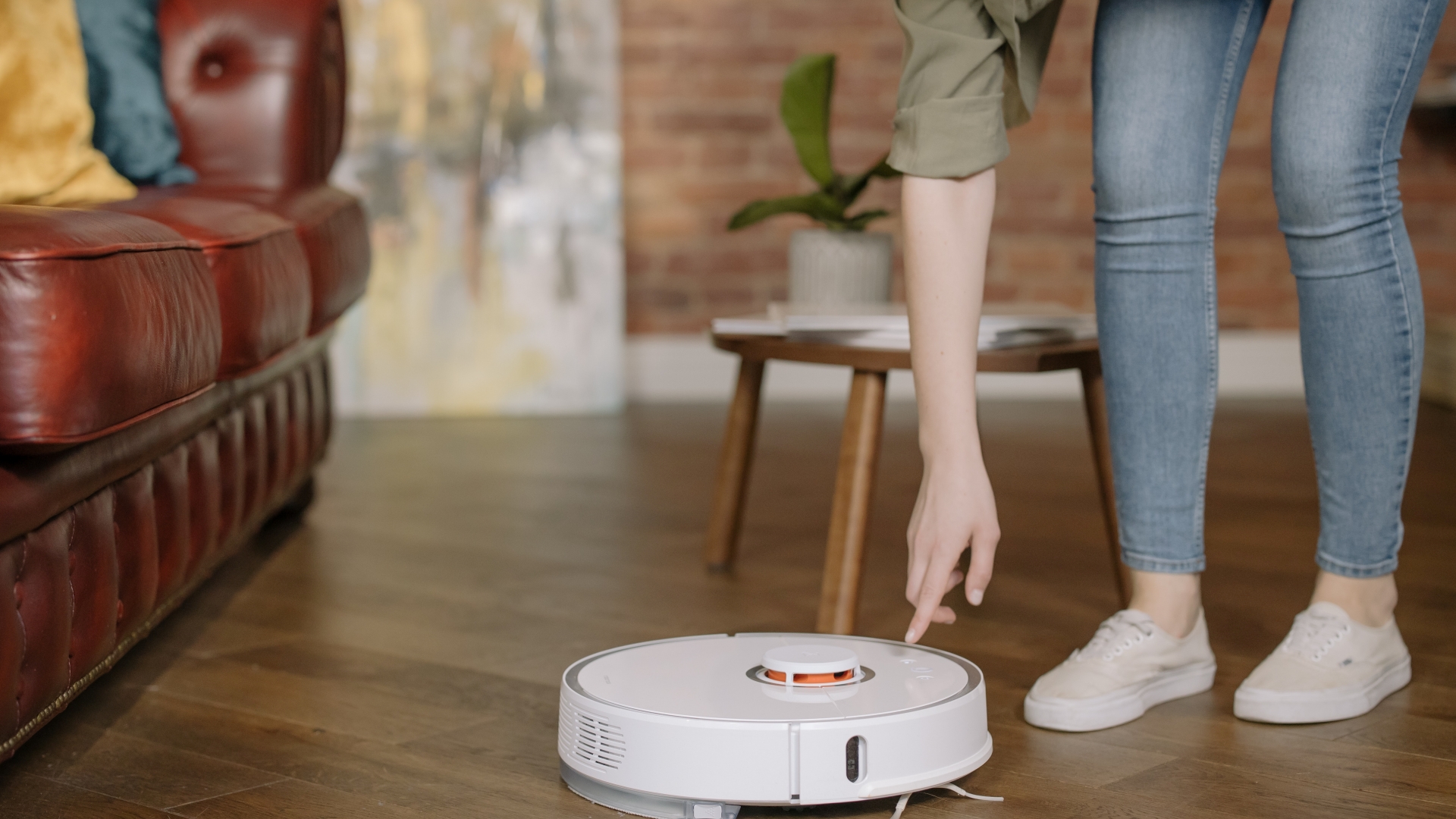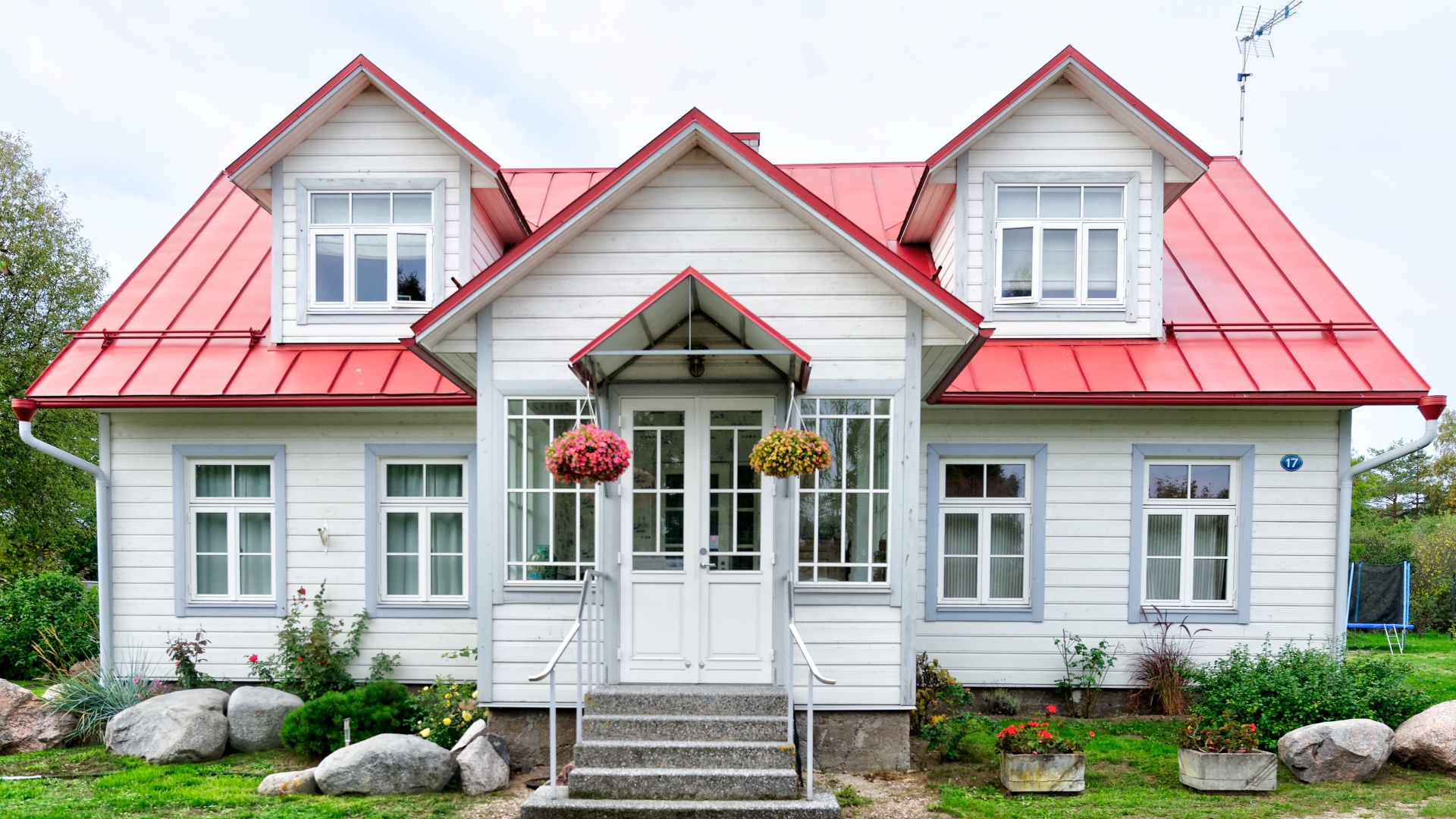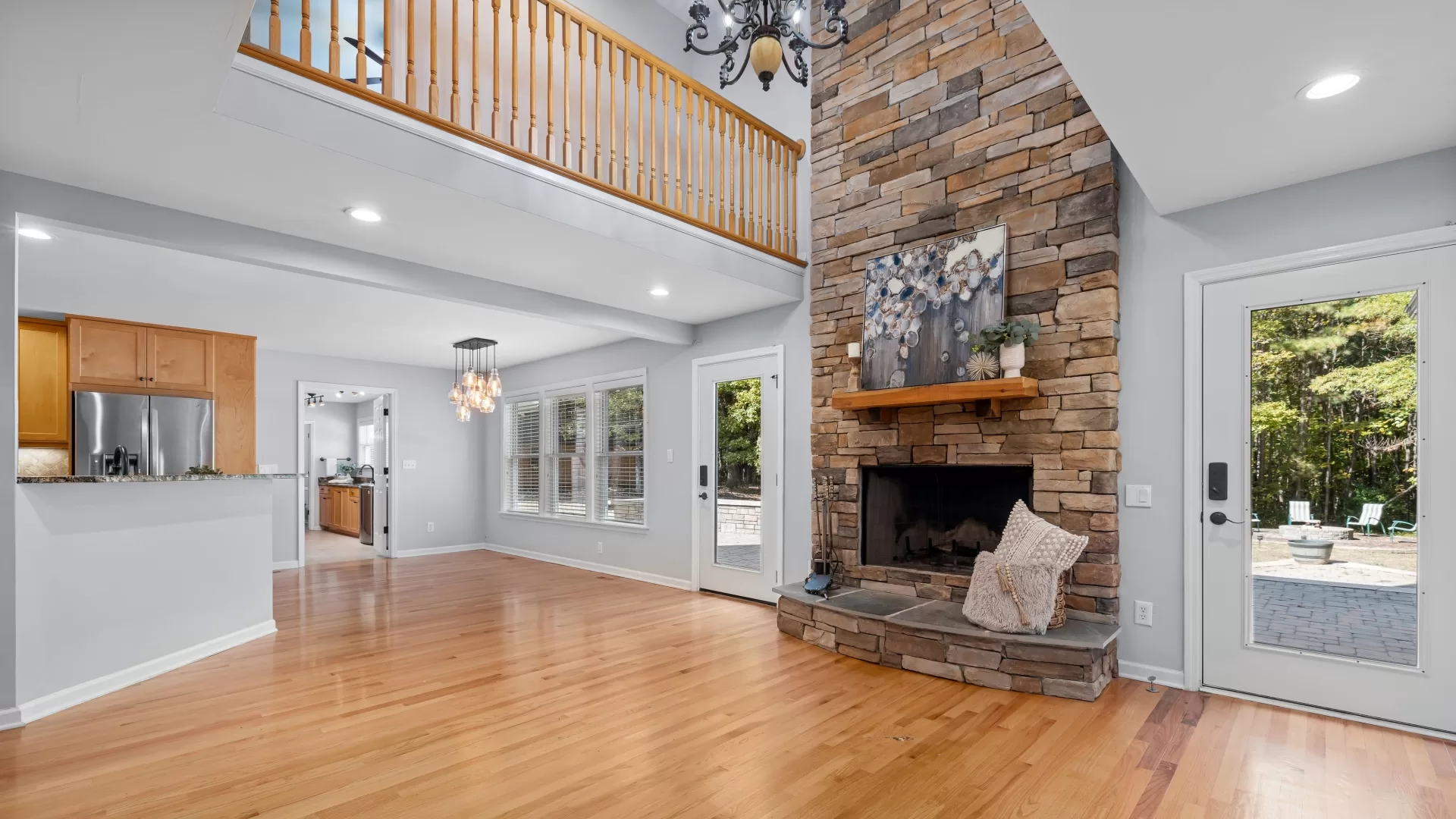Maintaining a home is no small feat, but it doesn’t have to be daunting. With the proper techniques and tools, keeping your house in good condition can be easy and enjoyable. Whether you’re a first-time homeowner or an experienced veteran of home maintenance, these simple steps will help ensure that your house remains clean, safe, and comfortable for years to come. Read on to learn how to properly maintain a home with just seven easy steps!
1. Develop a Maintenance Schedule:
A good maintenance plan will help keep your home in good condition and prevent potential issues from arising. Establishing a weekly, monthly, and yearly schedule for cleaning and minor repairs can save you time and money in the long run. Make sure to include tasks like dusting, vacuuming, checking smoke detectors, and testing water pressure in your regular routine. Also, it is important to invest in a good vacuum that will make your task easier. For instance, the pros behind Vacuum Wars have been testing and reviewing vacuum cleaners to help you make the right choice. In addition, consider taking on a larger home improvement project each year like replacing windows or repainting the exterior.
2. Inspect Common Problem Areas:
Pay special attention to areas of your home that are more prone to damage and wear and tear such as the roof, plumbing, siding, and deck. Make sure to inspect these spots regularly for signs of damage or potential hazards. If you notice anything unusual, contact a trusted professional right away—catching problems early can save you time and money in costly repairs down the road. In addition, look out for pests such as termites and rodents. If you see evidence of an infestation, call a licensed exterminator immediately to prevent further damage.
3. Clean Regularly:
Regular cleaning is key to maintaining a healthy home environment. Make sure to wipe down counters, vacuum floors, dust furniture, clean bathrooms, and mop hard surfaces at least once a week. Cleaning services are also available if you don’t have the time or energy to take on the task yourself. Don’t forget to add an all-purpose cleaner into your routine—it can help keep kitchen and bathroom fixtures looking like new! Moreover, you can use more powerful products such as bleach to clean your bathroom tiles. So, make sure to have some cleaning supplies and tools handy!
4. Change Air Filters:
Change the filters in your HVAC system at least once every few months. This will help keep the air in your home clean and can also improve energy efficiency. Consider investing in a high-efficiency filter if you live with allergies or asthma—they’re designed to capture smaller particles that other filters may miss. In addition, make sure to check your dryer’s lint filter every few months and replace it if necessary. This will help prevent fires and reduce energy costs. For example, Dryer Max is a trusted brand to help you choose the right filter.
5. Test Electrical Systems:
Make sure to test all of your home’s electrical systems and outlets regularly for safety purposes. This includes checking the breaker box, lights, receptacles, and smoke detectors. If an outlet or light switch isn’t working properly, call in an electrician to diagnose and repair the problem immediately (do not attempt DIY repairs yourself!). Also, keep an eye out for frayed wires or exposed circuitry—this can be a sign of potential danger.
6. Inspect Windows, Doors, and Gutters:
Take a walk around your home to inspect windows, doors, and gutters every few months or so. Make sure the weatherstripping around windows and doors is in good condition—cracks or gaps can let in cold air during winter months, driving up your energy bills. Also, think about replacing single-pane windows with double-pane options for extra insulation. If you have any wooden window frames or siding on your house, be sure to check for signs of rot or decay that may need repair. Additionally, make sure your downspouts are clear of debris—clogged gutters can lead to problems like
7. Check for Leaks:
Check all water-using fixtures in your home regularly for signs of leaks or moisture buildup. This includes toilets, sinks, showers, bathtubs, dishwashers, washing machines, and any other plumbing systems. If you notice any wet spots on the floors or walls near a plumbing fixture, contact an experienced plumber right away. Ignoring small drips now can lead to serious problems down the road! Also, remember to check the water heater for leaks. If it’s too old or not working properly, replace it with a newer model that is more energy efficient.

Keeping your home in good condition is an important part of being a homeowner. Regular cleaning, changing air filters, and testing electrical systems are just some of the ways you can maintain a healthy, safe environment for yourself and your family. Make sure to inspect windows, doors, and gutters every few months as well as check for leaks or moisture buildup around plumbing fixtures. If any potential problems arise during these inspections, contact a professional right away—catching issues early on will save you time and money down the road! Taking care of your home doesn’t have to be overwhelming; with consistent maintenance, it becomes second nature over time.












